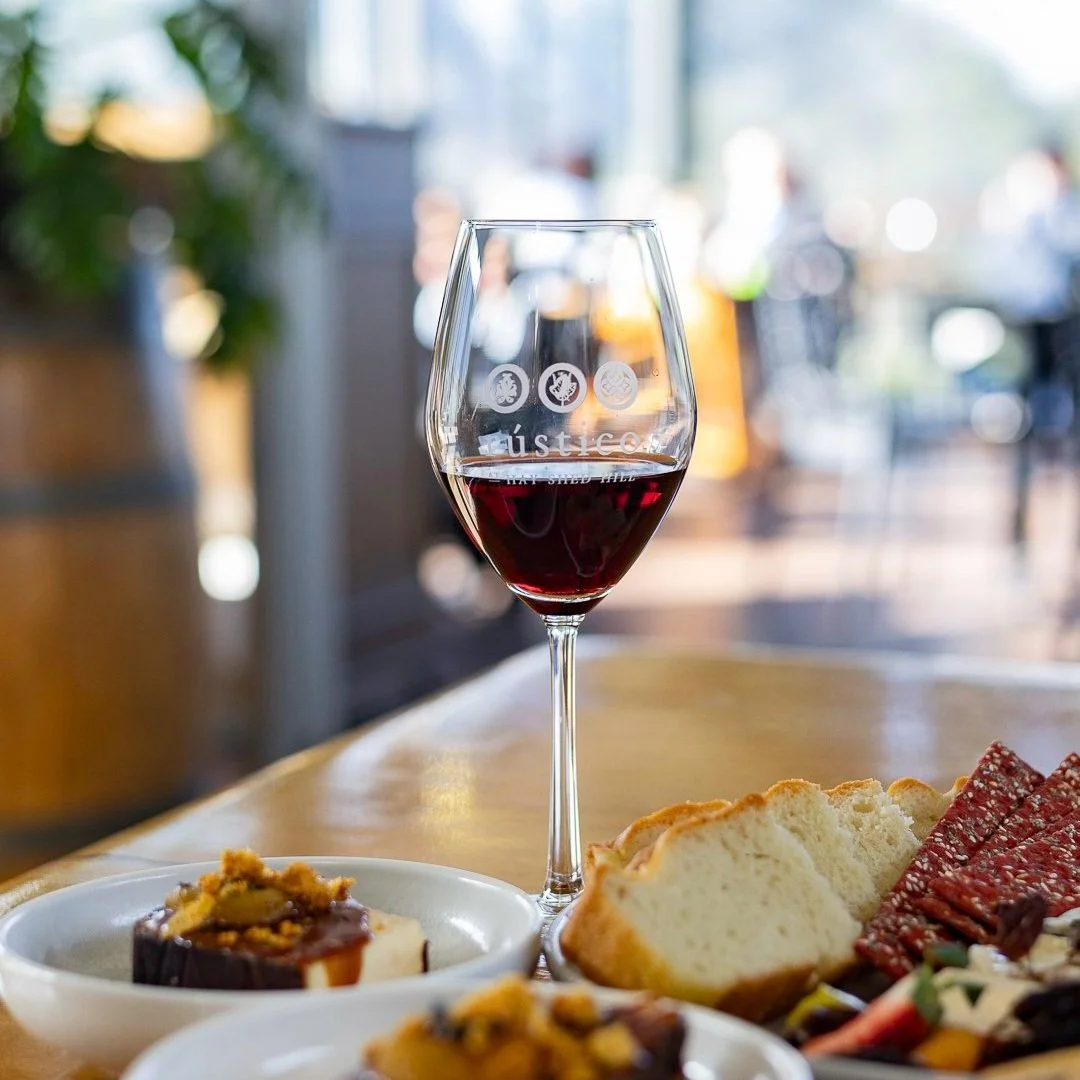Decisions, decisions.
In restaurant kitchens right across the South West chefs are making some pretty big decisions. Specifically, what’s on the new winter menu?
“But it all starts with just two criteria for us,” says Head Chef, Mike McAllister. “Can it be shared? And do we want to eat it? Everything follows from there,” he says
The Capes region is blessed with a ridiculous slice of the state’s best eateries, and keeping menus fresh, seasonal and relevant is what separates the wheat from the chaff. But these are not easy decisions… For the kitchens. For the managers who are the public face of their restaurants. And for the operators who pay the bills.
For chefs like Mike McAllister, at Rústico in Wilyabrup, there are so many factors to be balanced in producing a menu that leans more towards warmer, comforting food.
“But it all starts with just two criteria for us,” he says. “Can it be shared? And do we want to eat it? Everything follows from there,” he says.
Renowned for its multi-course, Spanish-inspired tasting menu, Rústico’s team have to factor in produce availability over an extended period, as well as costs, in developing ideas for a winter menu that can last at least three months.
“And there’s nothing like experience to make these decisions easier,” says McAllister.
“We’ve worked out, after a couple of times around the block, that if we serve food we actually want to eat - and are excited about - it comes out in the final product in terms of consistency, quality and guest enjoyment. Once we stopped being driven by what we thought the customer might like, and started being more authentic to what we like and want to eat, guest satisfaction just increased right along with our own enthusiasm.”
“Taking the team along on the journey is essential,” says McAllister.
Like any good restaurant, the chef says his relies on the knowledge of the service team to convey the concept of individual dishes and their ingredients used to all guests.
This winter, it’s dishes like Rústico’s red wine-marinated and braised pork collar “civet” - or thick Spanish stew - served with a Catalan-inspired picada, a dense, pounded sauce-like paste made with bread and almonds, served with real corn tortillas, that embodies that approach. The kind of middle-of-the-table sharing dish that was made for a glass of Margaret River shiraz/tempranillo and a long lunch.
“Autumn and winter is always a hard one for chefs,” says the chef. “It’s the crossover of seasons, from the end of bounty and into slower-growing ground produce. This is juxtaposed against the beautiful citrus season just kicking in.
“But with the milder winter so far, it’s really causing some supply issues, and these are things we have to work around settling on a menu. It’s not just what’s available now, but also what’s available soon and how we want to include that produce down the road.”
The typical process, he says, begins with team ideas, a menu draft, a second draft, costing, tasting with management and then a Final draft an staff tasting.
“Taking the team along on the journey is essential,” says McAllister. Like any good restaurant, the chef says his relies on the knowledge of the service team to convey the concept of individual dishes and their ingredients used to all guests.
“Flexibility is great, and we are as nimble as possible with produce availability, but we need to make sure every member of a quite large team is across exactly what we are producing.”
A kitchen team needs to be prepared to revise heavily, if necessary.
Another important consideration is wine, and in Margaret River, that means chardonnay and cabernet sauvignon. These varieties have enormous value to most restaurant customers Down South.
“Typically there’s less variety on offer to the kitchen, and that in turn can be severely impacted by the weather. But that’s balanced by what is typically a slight downturn in the numbers we do over winter.”
So while there is less available to the chefs of the South West, broadly speaking, they need less. Most days.
Another important consideration is wine, and in Margaret River, that means chardonnay and cabernet sauvignon. These varieties have enormous value to most restaurant customers Down South.
“The challenging part - for us - is balancing the big influence of Spanish cooking, with tomato/chilli/smokey notes, against the powerhouse of cabernet wines. This is always a big working point for us and for this new menu, we’ve actually paired cabernet with cheese.”
According to Rústico manager John Barnes, working with Hay Shed Hill as a wine partner is a distinct advantage over most of the region’s winery restaurants.
“Their portfolio embraces a surprising variety of styles, varietals and WA regions,” says Barnes “and we have access to all the rare Hay Shed Hill wines that are usually only available to cellar door customers because they are made in small batches.
“It means, for example, that we can pair a 15-year-old riesling with our chicken liver parfait. Or offer two different styles of rosé, made with different grapes from different regions. That’s uncommon, but it makes the building of a new menu exciting for us.”
The bottom line? Menu change is a big event for any restaurant.
“A menu, and a menu change, represent far, far more than just a collection of dishes available on the actual day,” says Barnes “it’s a big deal. For everyone.”



